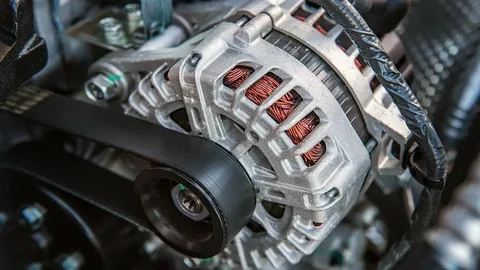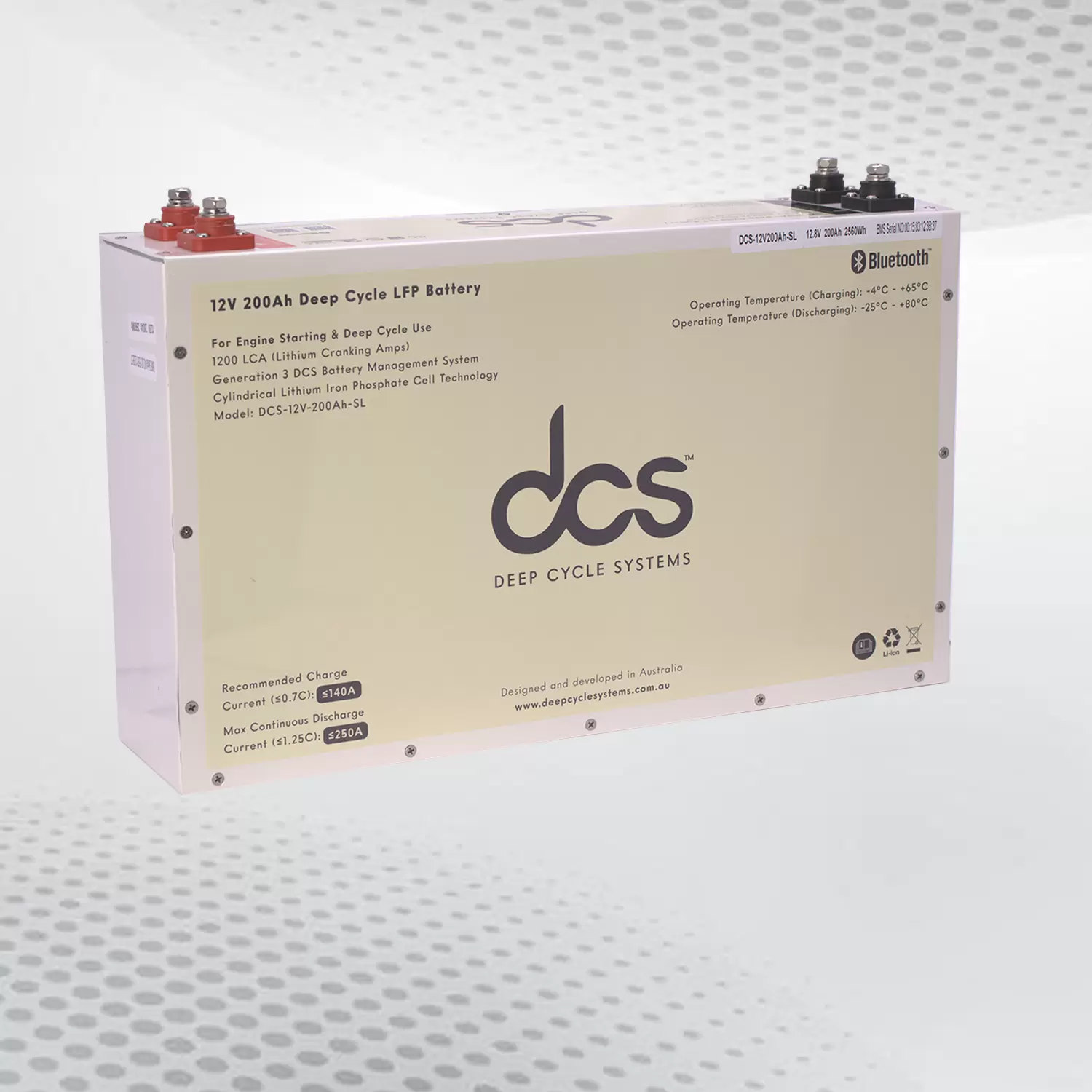As the world becomes increasingly aware of energy efficiency and environmental sustainability, Heat Recovery Ventilation Air Conditioning is gaining traction. Imagine a system that not only cools or heats your space but also recycles energy to reduce your utility bills while improving indoor air quality. This is no longer just a futuristic dream; it’s a practical solution available today for commercial and residential buildings. Whether you’re renovating an office, building your dream home, or simply looking to enhance comfort levels within your living spaces, understanding how these systems work can transform your thoughts about heating and cooling.
Understanding Heat Recovery Ventilation (Hrv) Systems
Heat Recovery Ventilation (HRV) systems are designed to enhance indoor air quality while optimizing energy efficiency. They work by exchanging stale indoor air with fresh outdoor air, all while recovering heat that would otherwise be lost. The core of an HRV system lies in its heat exchanger. This component captures thermal energy from the outgoing air and transfers it to the incoming fresh air. As a result, you maintain comfortable temperatures without overburdening your heating or cooling appliances.
These systems operate quietly, making them ideal for residential and commercial environments. Continuously cycling fresh air into spaces helps reduce pollutants and humidity levels. Moreover, HRVs can significantly decrease reliance on traditional HVAC systems. Their ability to balance ventilation needs with energy conservation represents a forward-thinking solution for modern buildings looking to improve sustainability and comfort simultaneously.
Benefits Of HRV Systems for Commercial and Residential Buildings
Heat Recovery Ventilation (HRV) systems offer numerous advantages for commercial and residential buildings. They provide efficient air exchange, ensuring fresh outdoor air circulates while expelling stale indoor air. This process significantly enhances overall indoor air quality. Energy efficiency is another key benefit. HRV systems capture heat from outgoing air and use it to temper incoming cold air during winter, reducing energy costs for heating and cooling. Businesses and homeowners can enjoy lower utility bills as a result.
Furthermore, these systems help control humidity levels effectively. By managing environmental moisture, HRVs prevent mould growth and other moisture-related issues that can harm health or property. Moreover, they promote comfort by maintaining consistent temperatures throughout the space. This balance leads to happier occupants and a more productive environment in commercial settings.
How To Choose the Right HRV Air Conditioning for Your Building
Choosing the right HRV air conditioning begins with understanding your building’s needs. Assess factors like size, occupancy, and insulation quality. These elements significantly impact airflow requirements. Next, energy efficiency ratings like SEER (Seasonal Energy Efficiency Ratio) should be considered. Higher ratings mean better performance and lower utility bills. Look for systems that offer features such as variable speed fans to optimize energy use based on demand.
Remember noise levels. A quieter unit can enhance comfort without disrupting daily activities. Check user reviews and product specifications to find models known for their peaceful operation. Consult with HVAC professionals who specialize in HRV systems. They can provide tailored advice and installation options suited to your unique situation, ensuring you make an informed choice that enhances air quality and comfort in your space.
Installation And Maintenance of HRV Systems
Installing a Heat Recovery Ventilation (HRV) system requires careful planning and professional expertise. First, assess the building’s size and layout to determine the optimal placement of ducts and units. This ensures efficient airflow throughout your space. During installation, it’s crucial to follow manufacturer guidelines meticulously. Proper sealing around ductwork prevents air leaks that can compromise efficiency.
Regular maintenance is key to keeping HRV systems running smoothly. Change filters every three months or as needed; this helps maintain indoor air quality while reducing strain on the unit. Additionally, schedule annual inspections with HVAC professionals. They can check for any issues affecting performance or energy efficiency over time. A well-maintained HRV system enhances comfort and significantly extends its lifespan.
Future Of HRV Technology and Trends in The Industry
The future of Heat Recovery Ventilation (HRV) technology is bright and innovative. With increasing focus on energy efficiency, manufacturers are developing systems that integrate advanced sensors and smart technologies. These innovations allow for real-time monitoring and adjustments based on occupancy and air quality. Additionally, the rise of IoT (Internet of Things) devices plays a significant role in HRV advancements. Homes and buildings with smart thermostats can now communicate seamlessly with HRV systems, optimizing performance without user intervention.
Sustainability trends are also shaping the industry. More solutions are being designed with eco-friendly materials to minimize environmental impact while maintaining high efficiency. Furthermore, as indoor air quality becomes a priority post-pandemic, demand for high-performance ventilation systems will likely increase. This opens doors for new market players offering specialized products tailored to specific needs in residential and commercial spaces.
Improving Indoor Air Quality with HRV And Air Conditioning
Indoor air quality significantly impacts health and comfort. HRV And Air Conditioning work with air conditioning to enhance this aspect of building environments. By exchanging stale indoor air with fresh outdoor air, HRVs effectively dilute pollutants. This process reduces allergens, dust, and other airborne contaminants that accumulate over time. An efficient HRV system also helps control humidity levels within the space. Maintaining optimal moisture content prevents mould growth and promotes a healthier atmosphere.
Modern HRV units can also have filters that capture even finer particles. This further purifies the incoming airflow before circulating throughout your living or working areas. With better ventilation provided by HRVs and cooling from AC systems, occupants enjoy improved breathing conditions and overall well-being. The result is a more enjoyable environment conducive to productivity or relaxation.
Installation And Maintenance Tips for Long-Lasting Performance
Proper installation is crucial for maximizing the efficiency of Heat-Recovery Ventilation Air Conditioning Systems.
Professional Installation
Proper installation is vital for optimal performance and energy efficiency. Engage a qualified HVAC technician to ensure accurate sizing, precise ductwork, and correct system configuration. This will guarantee that the HRV/AC system operates at peak efficiency, providing consistent comfort and minimizing energy consumption.
Regular Maintenance
Schedule routine maintenance checks to keep your HRV/AC system in top condition. These inspections should include filter or replacement, coil cleaning, and moving parts lubricating. Timely maintenance prevents system breakdowns, improves energy efficiency, and extends the unit’s lifespan.
Ventilation and Air Quality
To maintain optimal indoor air quality, regularly inspect and clean the ventilation system components, such as filters and grilles. This will help remove pollutants, allergens, and moisture, promoting a healthier living environment. Additionally, consider using high-quality air filters to capture fine particles and improve air purity.
Energy Efficiency Tips
Implement energy-saving strategies to reduce energy consumption and lower utility costs. Adjust the thermostat to optimize temperature settings, utilize programmable thermostats for efficient scheduling, and seal any air leaks in your home. By adopting these energy-efficient practices, you can significantly reduce your carbon footprint and maximize the cost-effectiveness of your HRV/AC system.
Comparing HRV Systems to Traditional HRV Heating and Cooling Solutions
HRV Heating And Cooling stand out compared to traditional HVAC solutions. Unlike conventional heating and cooling methods, HRVs efficiently exchange stale indoor air with fresh outdoor air while recovering energy from the outgoing air. This process reduces the energy load on your heating or cooling system. Traditional systems often waste substantial amounts of conditioned air, increasing utility bills. In contrast, HRVs operate with a focus on reducing energy consumption.
Another notable difference is humidity control. HRV units help maintain balanced humidity levels indoors without overworking the system, enhancing comfort and supporting overall building health. While traditional HVAC relies heavily on mechanical processes for temperature regulation, HRVs incorporate natural ventilation principles that promote sustainability. Using less energy and maximizing airflow quality, they align better with eco-friendly practices that are increasingly prioritized in modern construction and renovation projects.
Environmental Impact: How Heat Recovery Air Conditioning Supports Sustainable Living
Heat Recovery Air Conditioning is an excellent choice for those looking to reduce their environmental footprint. By efficiently recovering heat from exhaust air, these systems minimize energy waste. When buildings utilize HRV technology, they consume less energy for heating and cooling. This reduction leads to lower greenhouse gas emissions and a smaller carbon footprint.
Moreover, HRV systems promote better indoor air quality by circulating fresh outdoor air while retaining the energy already used. Healthier environments contribute to fewer respiratory issues and overall well-being. These benefits align perfectly with sustainable living practices. Integrating heat recovery solutions is a step toward greener buildings and communities as society becomes more eco-conscious. This commitment not only supports environmental goals but also enhances comfort in residential and commercial spaces alike.
Conclusion
Heat Recovery Ventilation Air Conditioning is reshaping how we think about climate control and energy efficiency. Their ability to recover energy from outgoing air while providing fresh air indoors is revolutionary. As awareness grows, the demand for these systems continues to rise. Building owners and homeowners alike recognise the importance of creating healthier living environments. The future holds great promise for further advancements in HRV technology.
FAQs
What is a Heat Recovery Ventilation Air Conditioning?
A Heat Recovery Ventilation Air Conditioning is designed to improve indoor air quality while minimizing energy loss. It captures heat from outgoing stale air and transfers it to incoming fresh air, making the ventilation process more efficient.
Are HRV systems suitable for both residential and commercial buildings?
Yes, these systems are versatile enough for various applications. They can enhance home comfort by providing consistent airflow while also meeting the demands of larger commercial spaces with higher occupancy levels.
How often should I maintain my HRV system?
Regular maintenance is crucial for optimal performance. It’s advisable to check filters every few months and schedule professional servicing at least once a year. This ensures the system operates efficiently over time.
Can installing an HRV system reduce my energy bills?
Absolutely! By recovering heat that would otherwise be lost during ventilation, these systems help decrease heating costs in winter and cooling costs in summer. Over time, this efficiency translates into significant savings on your energy bills.
| Related Business Listings |
| Contact Directory |
| Local Business Profiles |




